“Never Empty Nesters” Benefit From More Time To Love
By Beth Lederer
bethlyn2020@gmail.com
Most parents who are caregivers for their young adults with disabilities effortlessly provide love, care, and compassion with a loyal sense of duty. They play an extensive role in their loved one’s everyday activities by providing them the essentials for living a “normal” life and helping them to stay active members in their own communities.
All too often, they sacrifice aspects of their own lives to give their young adults with disabilities a more meaningful and respectful life. Chances are, they may never get the recognition they deserve. They may not even be aware of all that they do. These parents are true superheroes.
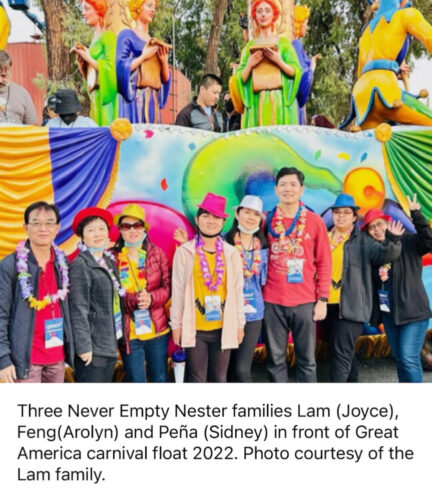
When bird parents kick their younglings out of the nest as soon as they are old enough to fly, what is left is an empty nest. When human children move out of their house, the family dynamics change too, usually leaving the parents with a quiet home and a void to fill. It’s also an empty nest and the parents are considered empty nesters.
Carol Collins is an empty nester. Collins, 56, has a 19-year-old daughter, Sophia, who is neuro-typical and in college. The Collins are a very close knit family consisting of both parents and Sophia.
Collins struggled when Sophia first went off to college, so she started a months-long project. She took apart every window in her house to clean. “It could have been a little bit of a distraction about the sadness,” Collins says, “I can’t bring her back. I can’t change that, but I can do this and this feels good to do.”
Parents with young adults with disabilities may never have this free time to fill. The responsibility doesn’t taper off. Their time is booked with doctor appointments, therapies and activities. These are our “Never-Empty-Nesters.”
Lillian Pena is a never-empty-nester. She is the mother of 20-year old Sidney, who is dependent on her to provide 24/7 care. Sidney has autism, but she is so much more than that.
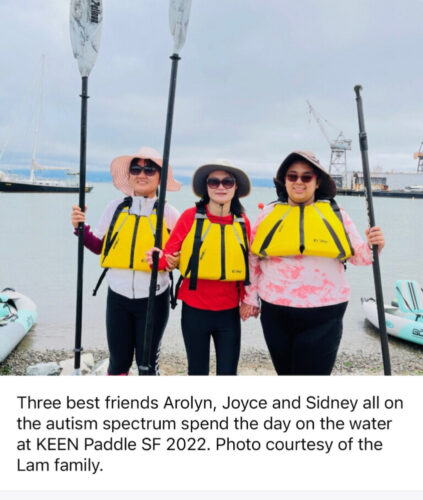
“Even though she is high functioning, she’s always going to require some type of assistance or prompting. ‘Sidney get up, Sidney go to school, Sidney do this.’ It’s my responsibility to look after her wellbeing,” says Pena.
Sidney is beautiful, creative and shows an artistic flair for living. She loves to perform; acting, singing, dancing and dressing up in character.
“She is a blessing in my life, I can’t imagine what my life would be without her. Sidney is the reason that I wake up every day and do it all over again,” Pena says, “Sidney is my battery.”
One Sunday afternoon in October, Pena and her daughter Sidney head to the University of San Francisco, USF, gymnasium. They are part of a group of families who take their young adults with disabilities to E-Hoops, which is an all-volunteer, inclusive basketball program.
Lillian Pena sits in the bleachers with parents Julia Zhang and Dwight Daguman as their children join in e-hoops. All three of them have children in their twenties who are participating. Pena and Zhang converse with one another while their young adults play basketball. Their daughters, Sidney, Joyce and Aarolyn who didn’t attend this basketball class, are very close friends. They participate in most activities together during the week. Sometimes all three girls are inseparable.
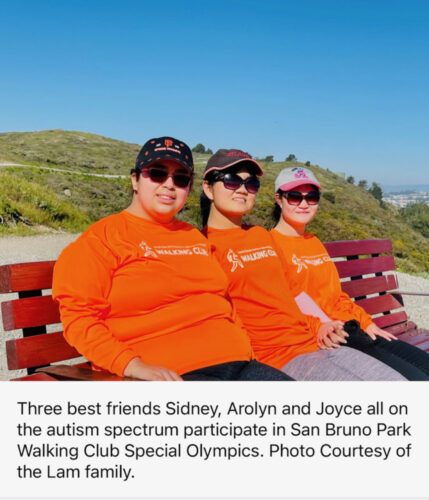
Over the last six decades life has improved immensely for the disability community. More activities now exist to meet the demands of the special needs community and more continue to become available.
Many of the young adults who attend activities like E-Hoops are not independent enough yet to go to activities on their own. They need their parents or caregivers assistance for support, guidance or transportation.
A social worker employed at Golden Gate Regional Center(GGRC) for 25 years, Mario Bravo, explains the importance of teaching his clients independent skills for daily living. Preparations usually begin through the school district when the clients are around 16. About 90% of Bravo’s clients are on the certificate track which allows for their public school education to extend until they are 22 years old. Once they transition out of the school district then GGRC takes over.
Dwight Daguman, whose son Joshua is non-verbal, prefers his son live at home because he is concerned about his son’s safety. “He will live with us until I die,” he says. Daguman worries that should his son live in a residential home, someone might abuse him, “And he can’t stay ‘Stop!’ so safety is paramount.”
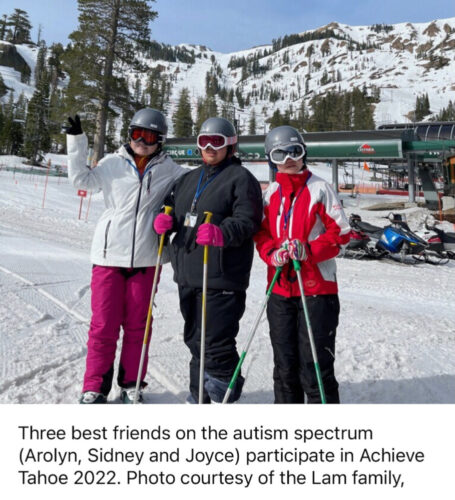
Bravo agrees with Daguman, “Parents are electing to keep their kids living at home because they want their children to feel safe.”
Experts such as Bravo believe young adults with disabilities who move out of the house acclimate well. On the other hand, Bravo also sees it as a much greater loss for the parent, “It’s like losing the person that depended on you, but they’re not dependent on you anymore. “
Nowadays young adults with disabilities participate in so many activities outside of the home that both the parents and their children become part of a community and friendships form. Sidney, Pena’s daughter, and Joyce, Zhang’s daughter, met playing violin. Mothers, Pena and Zhang became friends too, through coordinating their daughters’ acivities.
Joyce and Sidney’s families shared a cabin together at Camp Mather last summer.
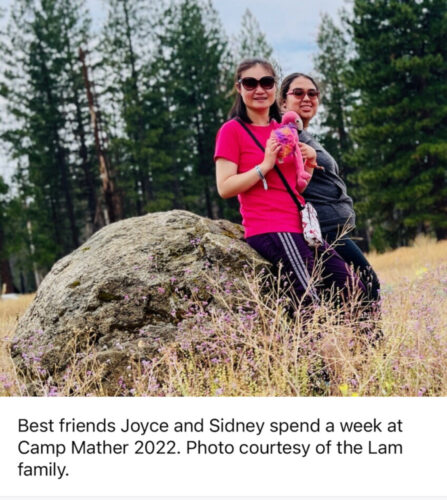
At the Camp Mather Talent Show, Sidney and Joyce won over the crowd singing a Katy Perry Song together.
Both parents dream that their daughters one day will have the skills to live independently. For now it is not a priority. They do not feel they are missing out on the empty nest experience.
“It’s a lifelong responsibility for us even though she might live with special needs kids in a group home,” Zhang says, “So we will never be empty nesters, even if Joyce is not living with us, the responsibility is still there.”
